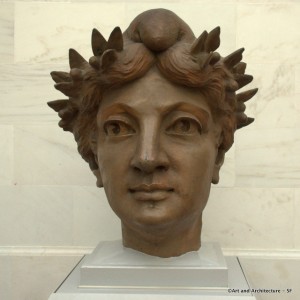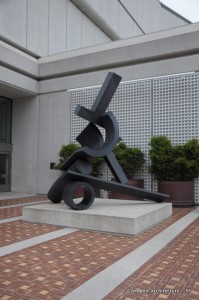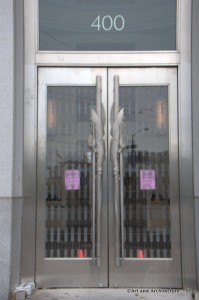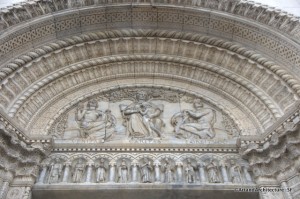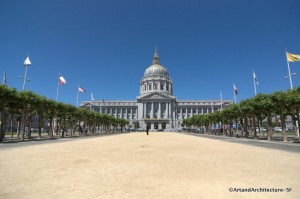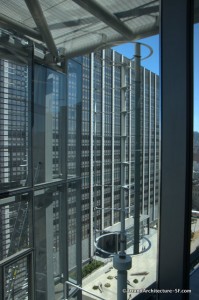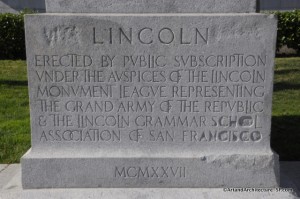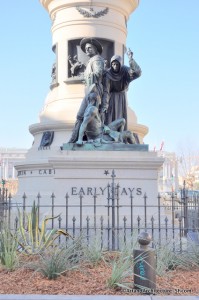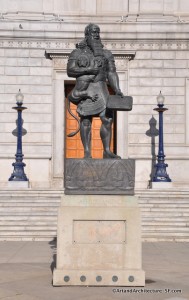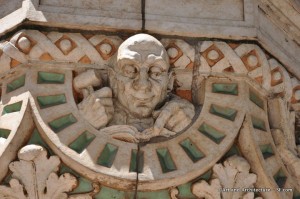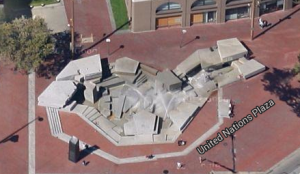
City Hall Supervisors Legislative Chamber Civic Center This is the only bust of a supervisor in San Francisco’s City Hall. Harvey Milk was the first openly gay person to be elected to public office. Milk won a seat as a San Francisco supervisor in 1977. He served almost 11 months in office and was responsible for passing a stringent gay rights ordinance for the city. On November 27, 1978, Milk and Mayor George Moscone were assassinated by Dan White, another city supervisor. Milk’s election and assassination were key components of a shift in San Francisco politics. Despite his short career in politics, Continue Reading
